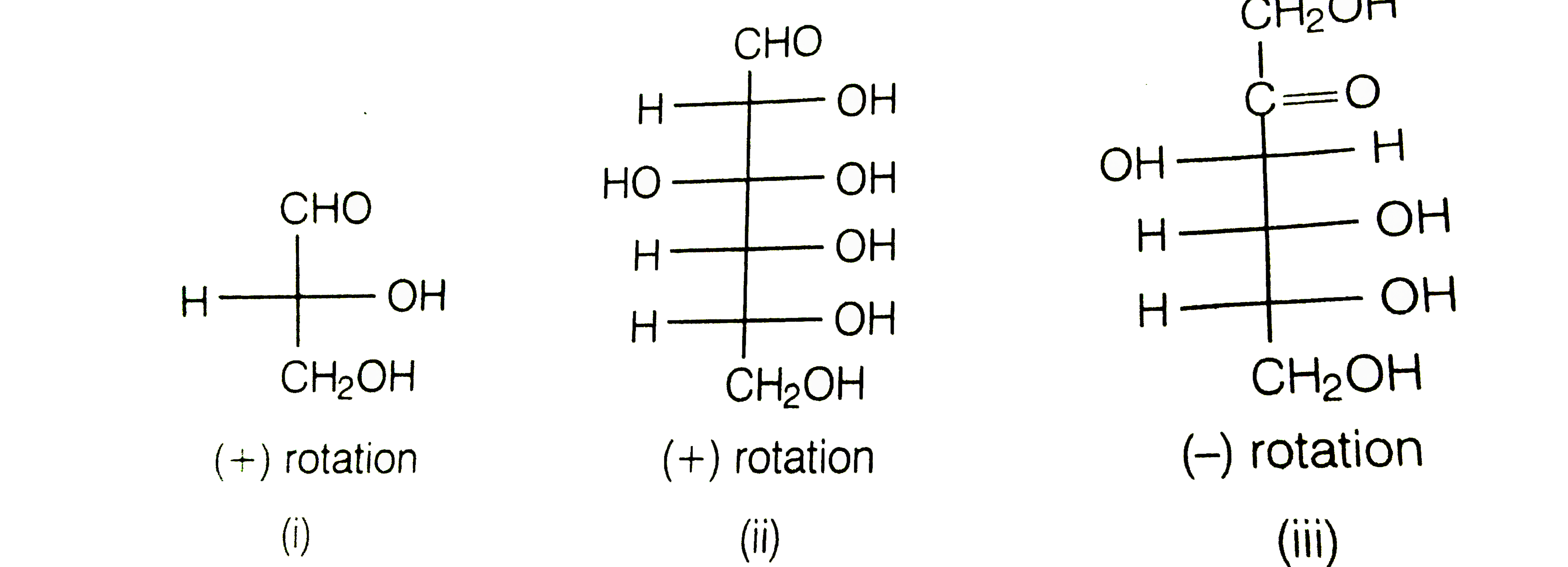
A will have configuration :


Both (A) and (B)
None of the above
Step by step video & image solution for A will have configuration : by Chemistry experts to help you in doubts & scoring excellent marks in Class 12 exams.
Updated on:21/07/2023Topper's Solved these Questions
- HYDROCARBONSBOOK - VMC MODULES ENGLISHCHAPTER - HYDROCARBONSEXERCISE - Level-2
50 Videos
- HYDROCARBONSBOOK - VMC MODULES ENGLISHCHAPTER - HYDROCARBONSEXERCISE - Level-2 (Numerical Value Type)
15 Videos
- HYDROCARBONSBOOK - VMC MODULES ENGLISHCHAPTER - HYDROCARBONSEXERCISE - Level-0 Long Answer Type (5 Marks)
1 Videos
- HALOALKANES AND HALOARENESBOOK - VMC MODULES ENGLISHCHAPTER - HALOALKANES AND HALOARENESEXERCISE - IN-CHAPTER EXERCISE - F
6 Videos
- ICONIC EQUILIBRIUMBOOK - VMC MODULES ENGLISHCHAPTER - ICONIC EQUILIBRIUMEXERCISE - IMPECCABLE
50 Videos
Similar Questions
Knowledge Check
Assertion: All naturally occuring α-amino acids are optically active
Reason: Most naturally occuring amino acids have D-configuration.AIf both assertion and reason are true and reason is the correct explanation of assertion.BIf both assertion and reason are true but reason is not the correct explanation of assertion.CIf assertion is true but reason is false.DIf both assertion and reason are false.
Which of the following have same configuration.

View SolutionAssertion (A) All naturally occurring α-aminoacids except glycine are optically active.
Reason (R) Most naturally occurring amino acids have L-configuration.
View SolutionWhich of the following ions does not have the configuration of argon ?
View SolutionAn element X occurs in short period having configuration ns2np1. The formula and nature of its oxide is:
View SolutionIn given compounds how many have Z configuration along double bond ?

View SolutionOptical rotations of some compounds along with their structures are given below. Which of them have D-configuration ?

View SolutionOptical rotations of some compounds alongwith their structures are given below which of them have D configuration.

(a)I,II,III
(b)II,III
(c)I,II
(d)III
View Solution
